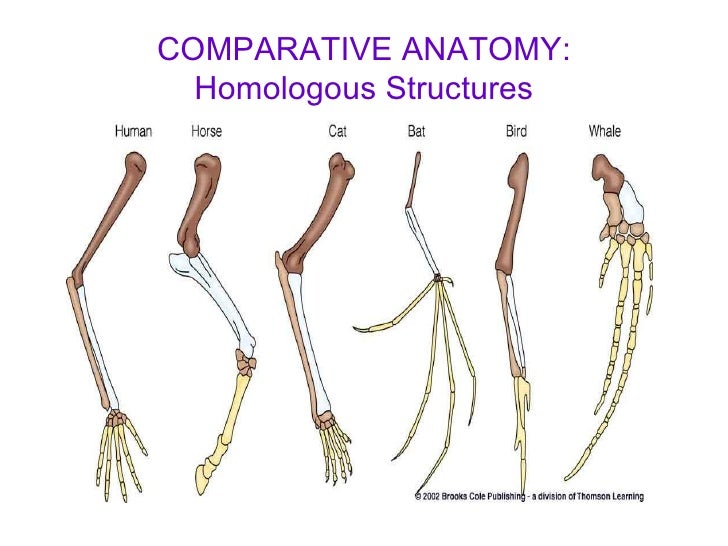Why would information on comparative embryology be useful to show that certain bones are homologous?
2 Answers
Comparative embryology would show how homologous parts follow similar developmental stages in diverse but related species.
Explanation:
- Comparative embryology is the study of comparison of embryos of different species/genera, as they pass through different developmental stages before birth.
- Homologous parts are body parts that are similar in pattern even when they are as diverse as the foreleg of a horse, the wing of a bat, the flipper of penguin, or the fore arm of a human.
- Comparative embryology has clearly shown that vertebrate embryos show strong similarities as they undergo development in their homologous parts.
A study of comparative embryology is therefore very useful in establishing homology.
-
Comparative embryology of homologous parts is proof of common ancestry and therefore evidence for evolution.
-
Comparative genomics is now added to the study for establishing homology of diverse body parts in animals, that are apparently very different from each other.
https://en.wikipedia.org/wiki/Co


Comparative embryology was predicted to show common descent Actually homology has failed to be supported by embryology
Explanation:
Michael Denton writes in his book Evolution a Theory in Crisis page 143. The homology of structures ( such as bones) does not correspond to homologous genes.
The forelimbs of a newt ( amphibian) come off of the segment 2-5
The forelimbs of a Lizard come off of segments 6-9
The forelimbs of a human one off of segments 13-18
( de Beer page 13 oxford University Press 1971 )
de Beer goes on to say Homology predicted that similar genetic sequences would be phylogentically homologous. (Homology an unsolved problem quoted above)
The predictions that embryology would support the homology of similar structures such as bones, has proven false. The theory makes predictions that empirically have not proven to be true.
